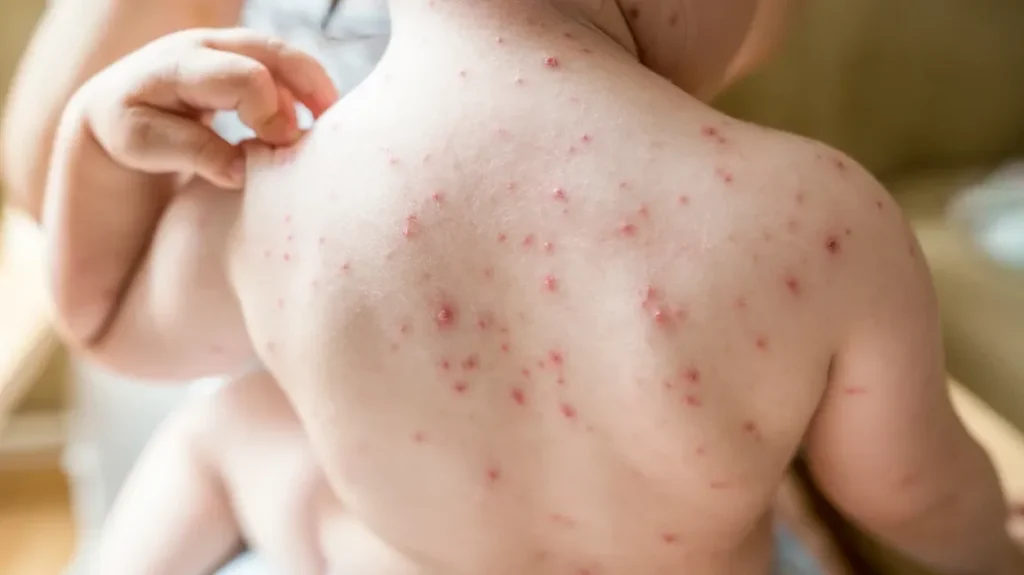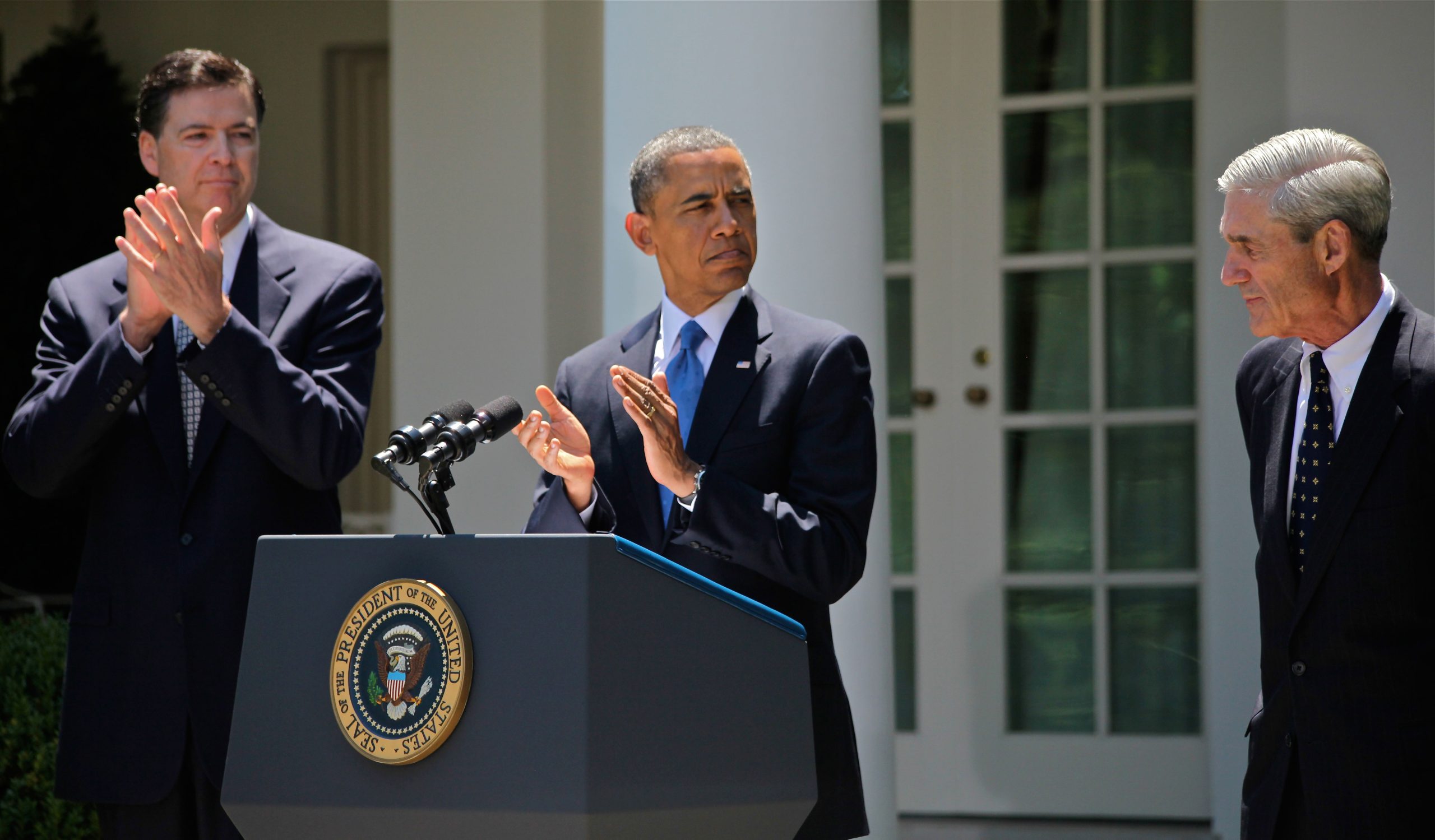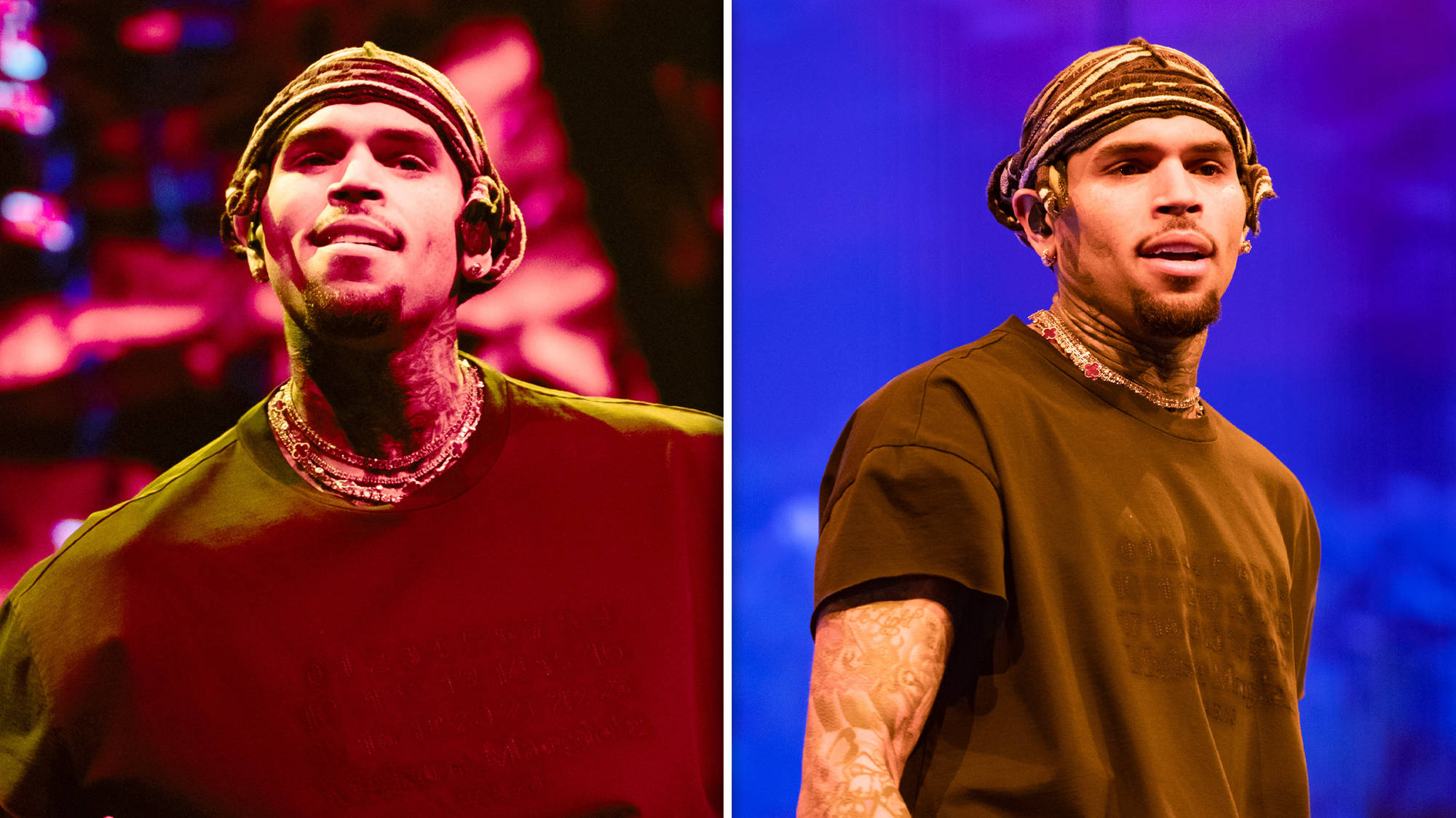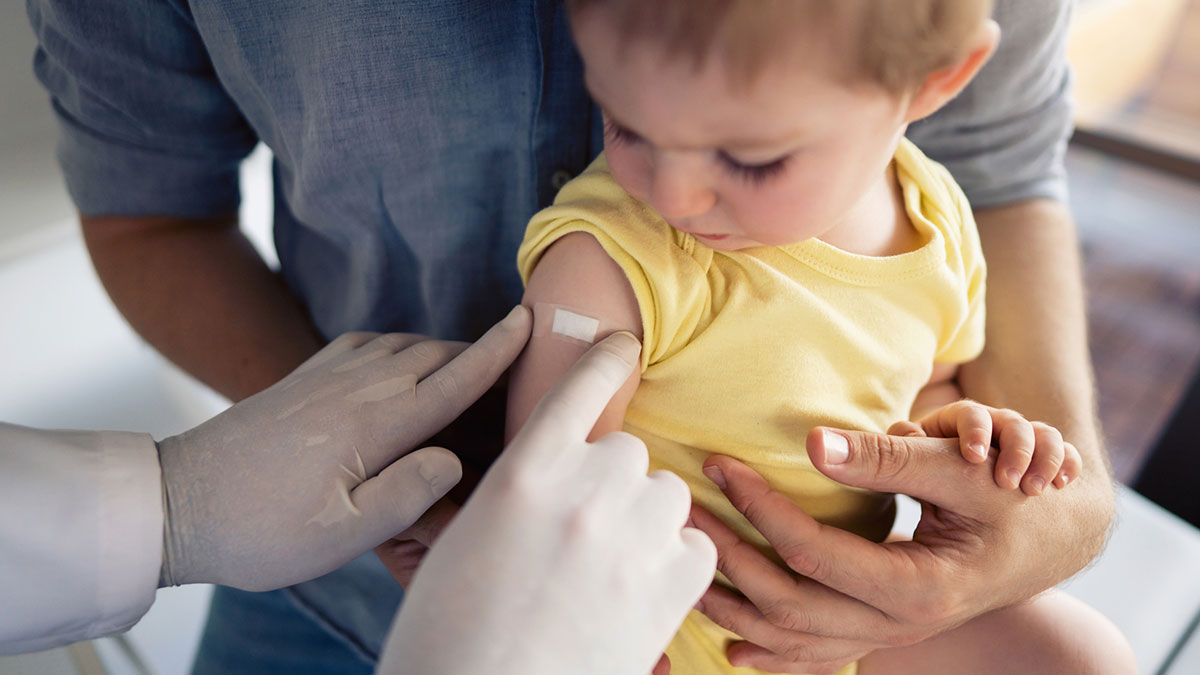
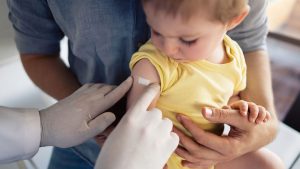
Recent measles outbreaks in North America have raised alarms among leading infectious disease experts, who now warn that the world may be entering a “post-herd immunity” era for measles. Dr. Paul Offit, a renowned vaccine expert in the U.S., highlighted that the sharp rise in cases—nearly 1,000 in the U.S. alone in 2025—shows that the strong community protection once achieved through widespread vaccination is no longer in place.
What Is Herd Immunity for Measles?
Herd immunity is achieved when a sufficient percentage of a population becomes immune to a disease—either through vaccination or past infection—making it difficult for the disease to spread. In the case of measles, one of the most contagious human diseases, herd immunity requires about 95% of the population to be immune in order to prevent outbreaks.
Why Are Experts Warning About a ‘Post-Herd Immunity’ World?
Declining Vaccination Rates:
The U.S., which declared measles eradicated in 2000, is now seeing vaccination rates fall below the critical 95% threshold, with current rates around 91%. This decline is largely due to increased vaccine hesitancy and disruptions caused by the COVID-19 pandemic, leading to missed childhood vaccinations.
Resurgence of Cases:
Measles cases in the U.S. have more than tripled in 2025 compared to the previous year, with similar outbreaks occurring in Canada and Mexico. Nearly all of those infected (96%) were unvaccinated.
Hospitalizations and Deaths:
The current outbreak has led to increased hospitalizations, including at least three deaths in the U.S., among children who were otherwise healthy.
Global Trend:
According to the World Health Organization (WHO), there has been an 11-fold increase in measles cases in the Americas in 2025 compared to 2024, contributing to a global rise in infections and increasing the risk of imported cases.
Implications of ‘Post-Herd Immunity’
Increased Outbreaks:
When vaccination coverage drops below the herd immunity threshold, measles often resurfaces first due to its extreme contagiousness.
Vulnerable Populations:
Infants, immunocompromised individuals, and others who cannot be vaccinated rely on herd immunity for protection. As vaccination rates decline, these groups are at greater risk.
Potential for Endemic Transmission:
If current trends continue, measles could become endemic in the U.S. and other countries, meaning it would circulate continuously rather than occur in isolated outbreaks.
Expert Recommendations
Urgent Need for Vaccination:
Experts, along with the WHO, stress the importance of maintaining at least 95% vaccination coverage with two doses of the measles vaccine to restore herd immunity and prevent further outbreaks.
Catch-Up Campaigns:
Addressing missed vaccinations during the pandemic and combating vaccine misinformation are crucial steps in closing immunity gaps.
Conclusion
The warning about a “post-herd immunity” world reflects a growing public health concern: the decline in vaccination rates has weakened the collective immunity that once kept measles in check. Without efforts to boost immunization rates, measles—and potentially other vaccine-preventable diseases—could regain a foothold, resulting in more outbreaks, hospitalizations, and preventable deaths.
